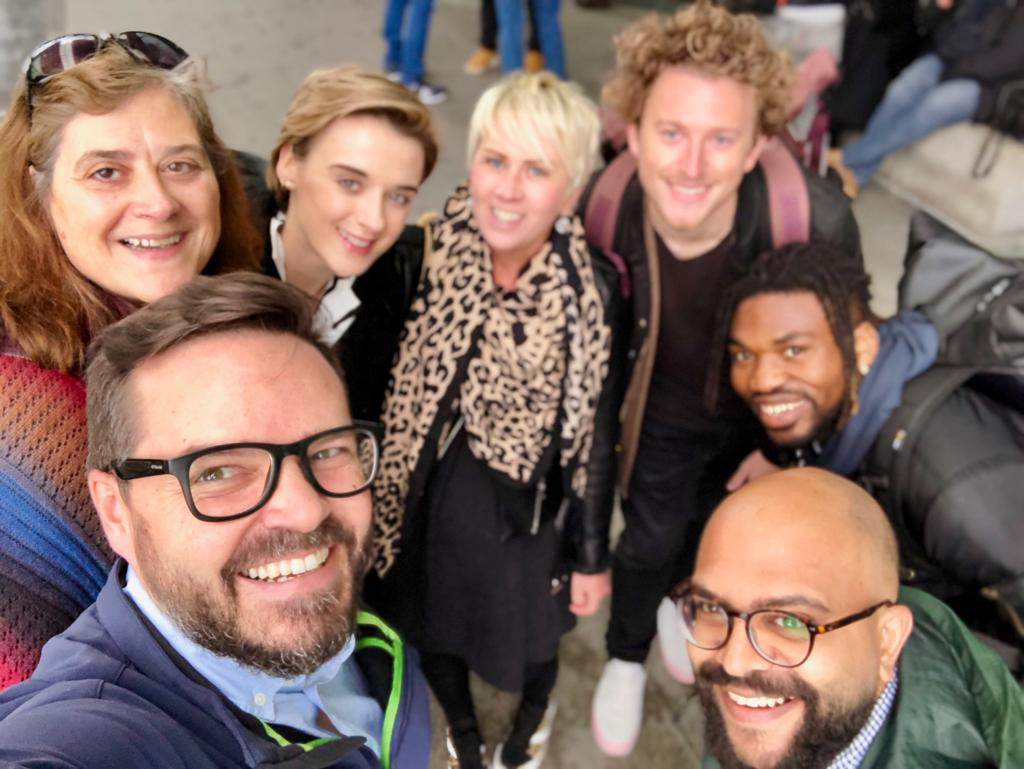Collaboration
noun
the action of working with someone to produce something.
I am writing this post immediately after watching episode 3 of the Amazon series ‘Making the Cut’. If you haven’t heard about it yet, Making the Cut is a competitive TV series where 12 designers face challenges intended to test their design skills and their abilities to run a fashion business. (Needless to say, programmes of this nature fascinate us, as this is basically what we do every single day at The Fashion Consultants!)
The episode in question is entitled ‘Collaborate’. The ten remaining competitors pair up in order to merge their individual aesthetics to create something new together! I immediately notice the fear and concern on some of the competitors’ faces when they were briefed with this task. A few of the interviews feature contestants saying things such as ‘When I work, I like to really have control…but I feel like it’s a collaboration so this is what we have to work with’ and ‘this is my moment to come into the spotlight’.
I just can’t relate to the opinion that working with others is a necessary evil, nor with the drive to push yourself to the front rather than stand side by side as a team.
I’m definitely not claiming that collaboration is easy. Acknowledging this is essential. Quite the opposite can be true sometimes when we’re required to tap in to challenging mindsets such as humility, cooperation & compromise at the same time as navigating new working processes.
On the other hand, isn’t collaboration what we’re born to do? Collaboration is what life is about, isn’t it?
Each and every one of us is quite literally the direct result of a collaborative act. Our teachers and mentors collaborate with us to develop our skills & passions. We collaborate with friends and family every single day to create experiences and memories to cherish.
Almost everything we own is the result of a collaborative process. I am quite certain that there is not a single man-made item on the planet that is not born from the work of more than one individual. Natural phenomena are arguably collaborative too. After all; grass can’t grow without water, earth and oxygen.
It’s quite difficult to identify an activity or achievement which hasn’t been impacted by more than one person in some capacity. Can you think of one? I can’t. Without welcoming others into our lives, we are alone with no tools to grow.orative too. After all; grass can’t grow without water, earth and oxygen.
Of course we must be proud of our achievements as individuals. In parallel, each and every one of us must find it in ourselves to thank those who have worked alongside us on the road to achievement.
I can do things you cannot, you can do things I cannot; together we can do great things.
Mother Theresa
Here at The Fashion Consultants, we proudly collaborate with our clients and partners every single day. We never claim to be independent of one another and we never fail to appreciate the team around us.
If you’d like to collaborate with us, we would love to talk to you!
Now more than ever, it’s time to work together to move forward. Get in touch for a free consultation to discuss how we can work together to build your dream fashion brand.















